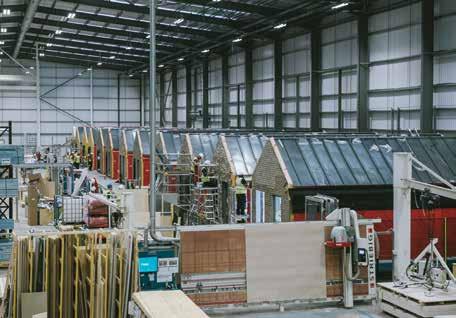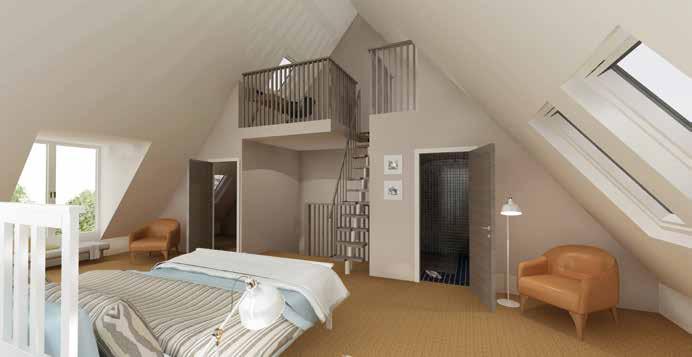HYBRID DESIGN
EDUCATIONAL CONSTRUCTION
Lymington Fields School campus complements an adjacent housing scheme and forms part of a regeneration plan that is designed to accommodate 45 nursery pupils, 630 primary school pupils and 900 secondary school pupils.
1 Architects Bond Bryan have used a variety of offsite solutions for several other school projects and were confident in its ability to meet both the client’s budget and technical requirements. On completion, the campus will form the largest secondary school in Europe. The use of offsite construction enabled the delivery of this project using a componentled approach where the design was broken down into the minimum number of repeatable components. For Lymington Fields School the same 16 components were used to deliver approx. 90% of the school. This repetitive use reduced both manufacturing and installation cost
60
due to speed and efficiency. The reduction in programme resulting from this design approach saved around £3million of prelim costs. The standardisation of design included taking the original structural design and rationalising 40 column types down to two precast columns – saved both time and cost. The architects were confident in its ability to meet both the client’s budget and technical requirements. The use of offsite also reduced the impact on local neighbours. The school is in a residential area and offsite meant not only fewer people on site and less noise, but also a shorter construction period and fewer deliveries and increased traffic.
WWW.OFFSITEMAGAZINE.CO.UK | FEBRUARY/MARCH 2021
Sustainability and high levels of health and safety were considered to be a critical driving force from both Bond Bryan and the contractor Mid Group – this meant that this entire project was delivered without a single tonne of waste being sent to landfill. One of the key drivers to reducing cost was to reduce the programme durations. The frame was complete and watertight in only 18 weeks as three different construction solutions were used, allowing three different teams to be on-site at the same time. Wrapping the concrete frame in SIPs allowed the earlier start of the MEP team, delivering further savings and allowed almost all rooms in the building to be occupied for fit out at a






